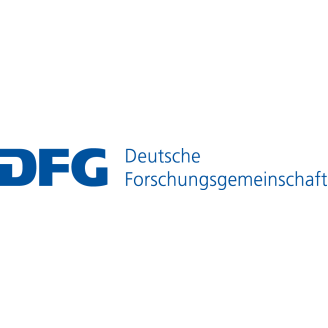D3PO
Dotierungs- und Defekt-Physik für Device Optimierung von Hafnium Oxid basierten Bauelementen
Field of research:
- Duration:
- 01.11.2022 - 30.06.2026
- Project status:
- ongoing
- Institutions:
- Department of Applied Sciences and Mechatronics
- Project management:
- Prof. Dr. Alfred Kersch
- Funding program:
- DFG Sachbeihilfen
- Third-party funding type:
- DFG
- Project type:
- Forschung

Components made from ferroelectric hafnium oxide are silicon-compatible, power-saving and can be integrated cost-effectively in advanced technology nodes for sensors, non-volatile memory, logic and neuromorphic applications. Currently, the hafnium-zirconium alloy offers the broadest stoichiometry window for the manufacture of ultra-thin ferroelectric layers with large remanent polarisation, however it requires oxygen vacancies (VO) to stabilise the ferroelectric phase and poses reliability problems. The VO concentration is difficult to control and can impair electrical characteristics, such as e.g., the stability of polarisation, which jeopardises the prospect of a hafnium-based memory and a power-saving logic. One alternative could involve working with a stoichiometric, quasi-vacancy-free hafnium and using suitable dopants to optimise the ferroelectric characteristics. This would have the great advantage that it would be more reproducible than the formerly uncontrolled generation of VO in HfxZr1-xO2. We will research this option by examining the atomic and electronic structure of hafnium that has been selectively doped in a controlled manner using ab initio calculations and phase field simulations, which are capable of describing the correlations between the atomic and electronic structure generated by the dopant and the ferroelectric characteristics. A range of dopants, concentrations and process conditions will be considered in order to deliver an initial assessment of the correlations between the dopant chemistry and the ferroelectric characteristics. The selected materials will first be analysed in the interplay between simulation and characterisation on large scale capacitors and then integrated in arrays in order to obtain statistically significant results regarding the performance of the capacitors. At a basic level, D3PO will enable a better understanding of the influence of dopants on the local chemistry, the electronic structure, the phase composition and their effects on the material and the ferroelectric parameters, including recrystallisation temperature and remanent polarisation. An iterative process, in which a capacitor geometry is used as the model system, facilitates the optimisation of dopants and processes with respect to the ferroelectric characteristics. Next, we will elaborate physical models on the basis of real components using the parameters determined from the ab initio simulations and the structural and electrical characterisation, in order to predict, using statistical analysis, the most important key metrics such as wake-up, duration, retention, leakage and penetration when using vacancy-free, doped hafnium.
Project funding
